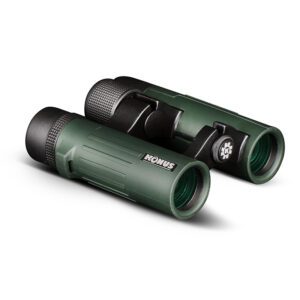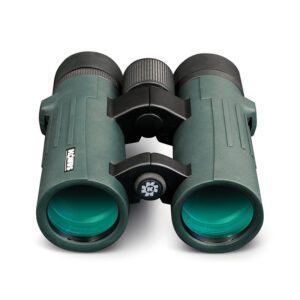
Astronomical eyepiece filters are a wonderful way to enhance your telescope viewing experience.
Telescope filters work by blocking specific parts of the light spectrum, while allowing other wavelengths of light to pass through.
Filters can also help reduce light scatter and light pollution, improve contrast, and reveal subtle detail in celestial objects that would otherwise be invisible.
Eyepiece filters are available in one and a quarter and two-inch sizes and are compatible with most telescope eyepieces.
How to Use Telescope Filters
To use one simply screw it onto the bottom of the eyepiece barrel and insert the eyepiece into a telescope diagonal or focuser.
Coloured filters are an exceedingly popular observing tool and come in a wide range of colours.
They help increase contrast and bring out details on a planet surface or in its cloud structure. For example, a red filter enhances Mars polar ice caps and surface features, while a green filter is useful for observing Jupiter’s cloud belts and increases visibility of its famous Great Red Spot.

Experimenting with Telescope Filters
You can also try stacking coloured filters to enjoy the benefits of multiple filters at the same time, we recommend using a telescope with a large aperture if stacking filters to keep your views bright.
The reason for this, is that it reduces the brightness of the Moon’s glare and improves surface details such as craters, mountain ranges, seas, and valleys.
These will become more easily visible with increased contrast during all lighted phases.
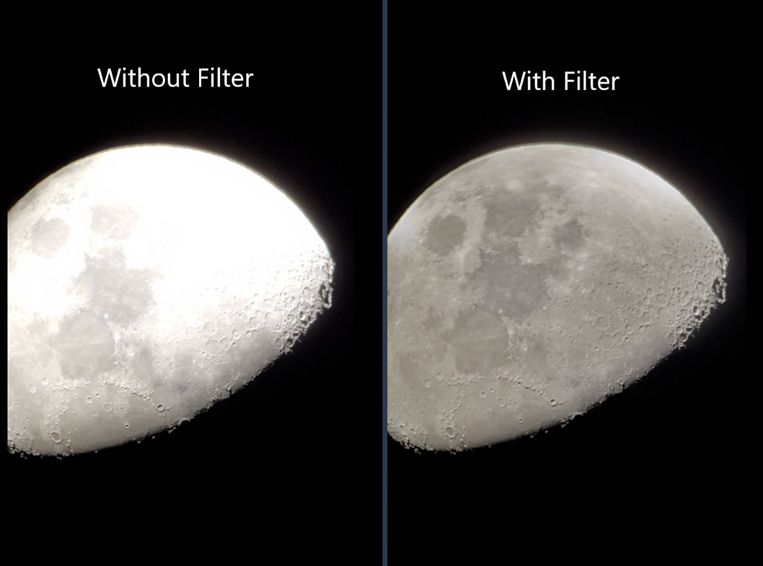
Neutral Density Filters
Neutral density filters come in handy for splitting closed double Stars when one Star is significantly brighter than the other.
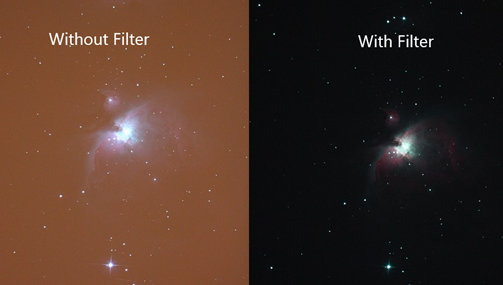
Other Telescope Filters
Ultra-high contrast light pollution reduction filters are designed to selectively reduce the transmission of artificial lighting such as light emitted by streetlamps and natural sky glow.
An LPR filter will darken the sky background and is the perfect filter for viewing deep sky objects in light polluted urban skies or boosting the contrast of Nebulae in Dark Sky sites.
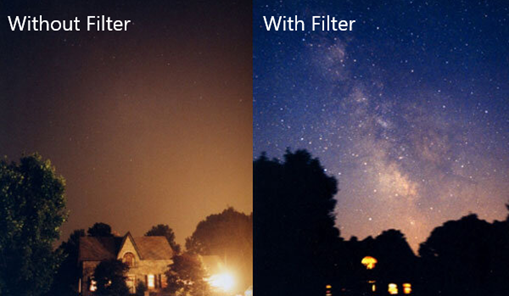
Views of deep sky objects such as the Veil, Ring, Dumbbell, Crescent and Orion Nebulae benefit greatly from an O3 filter.
How to Use a Telescope | Part 5 | Telescope Filters
Now you are all set to move to next article in the UK Telescopes guide on how to use a telescope!
If you are still uncertain as to whether you should choose a telescope or spotting scope, please don’t hesitate to contact on of our experts via our handy Chat Tool in the bottom right corner of the page.
